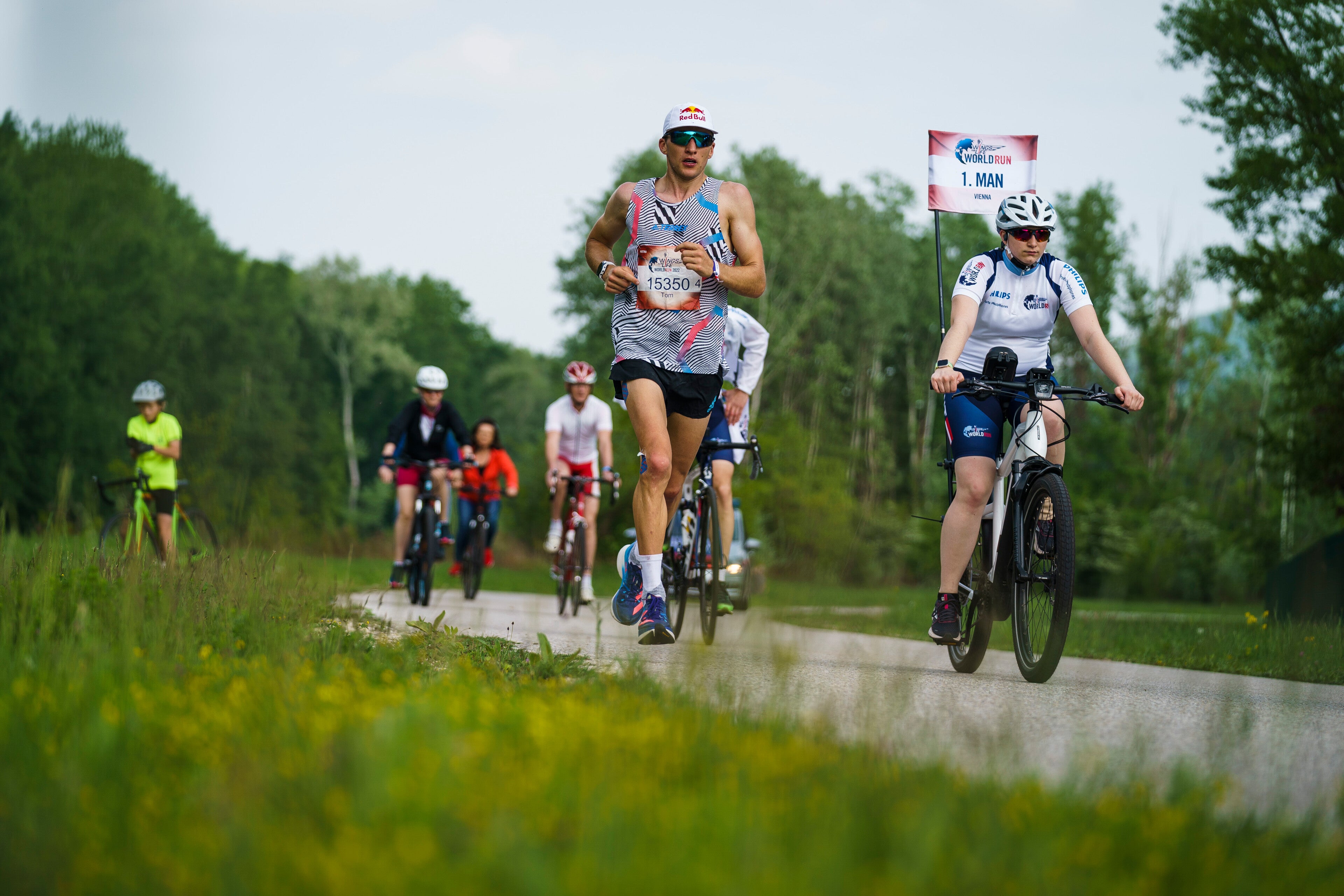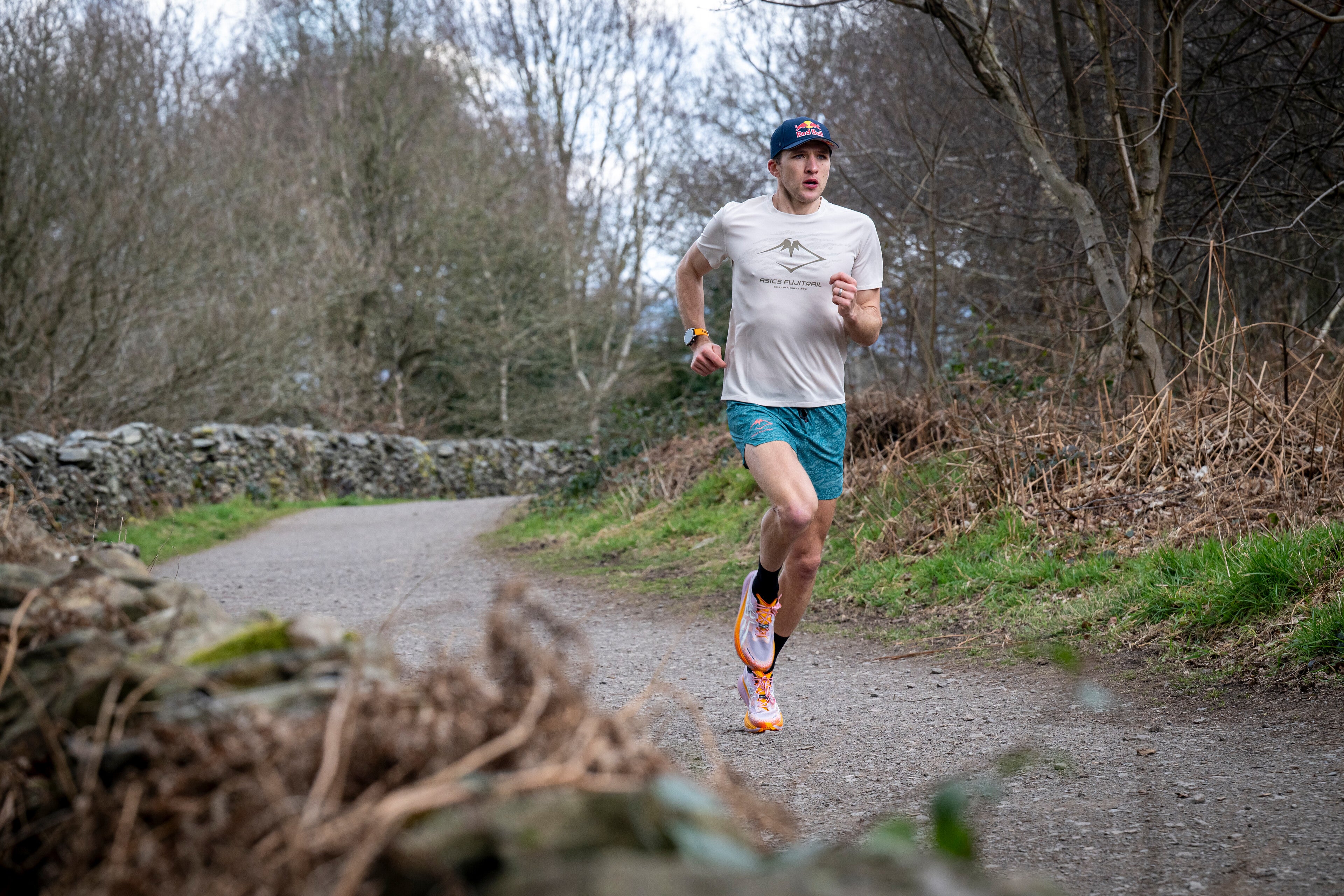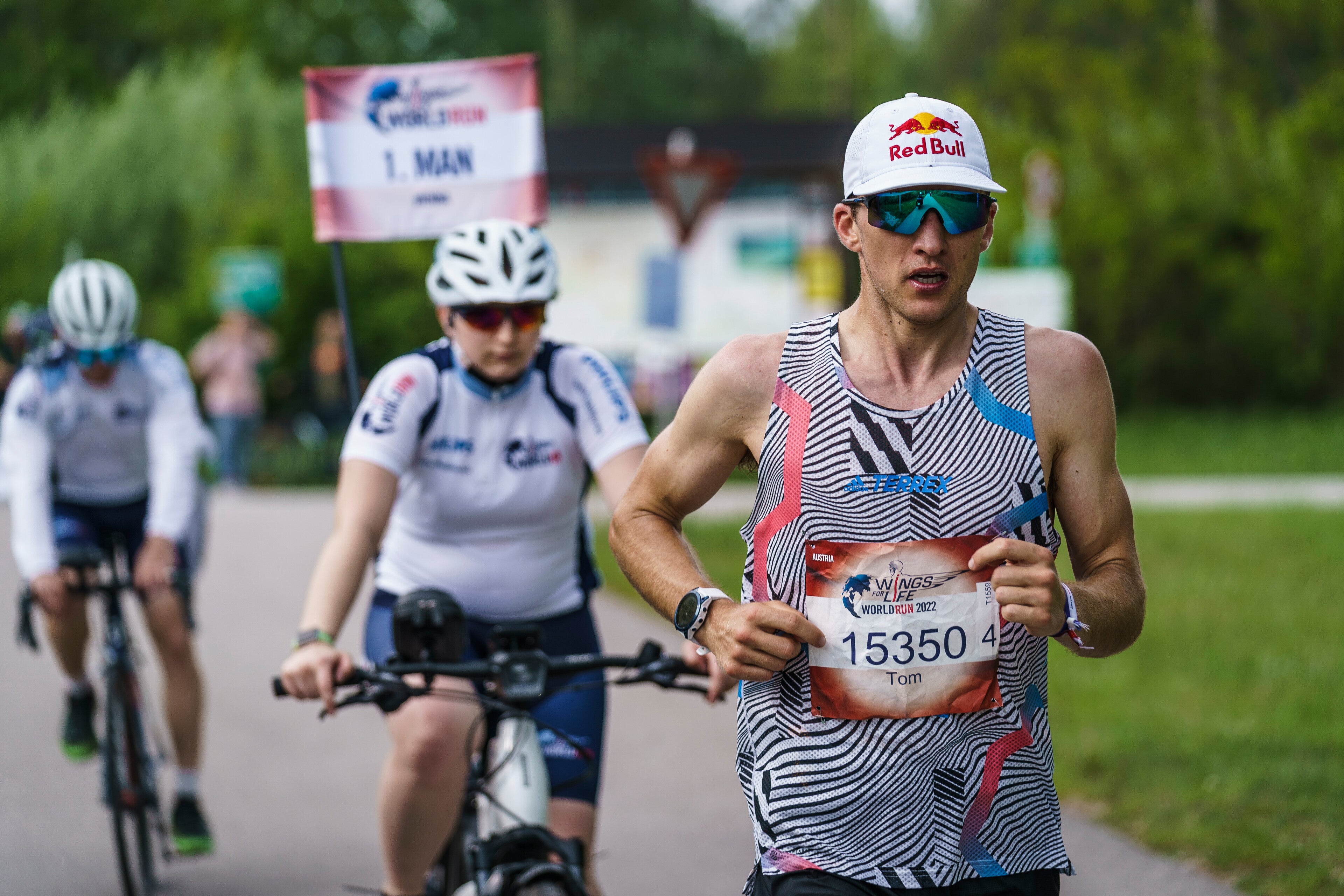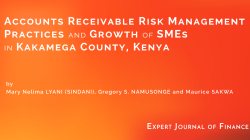Has anyone here found themselves on the losing side of a booze-fueled wager? If yes, you might have ended up knocking back a beer, sending a message to an old flame, or otherwise making a fool of yourself. Likely, this misadventure did not culminate with you atop a victory stand at some event.
Marathon
Des Sables – a 251km multi-stage race across the
Sahara Desert
.
However, that precisely occurred with Tom Evans back in 2016. At that time, he was an assistant.
British Army
The captain was savouring a couple of drinks with companions who had just concluded the race when he, under the influence of alcohol, boastfully proposed that he could outperform their timings — even though he had never completed a distance greater than 10km. Ten months later, true to his claim, he proved victorious as the inaugural non-Sub-Saharan man to secure one of the top-three positions.
As a result, he accidentally discovered the intersection of a Venn diagram consisting of tasks he enjoyed and those he was exceptionally skilled at. Therefore, in 2019, this then 33-year-old individual quit military service to pursue an all-out career as an ultramarathoner, and currently, the
Red Bull
The athlete frequently journeys around the world to go up against the best competitors in their sport.
Here, he outlines the benefits of exploring the challenging terrain of the Lake District for five hours, and explains why the Ultra-Trail du Mont-Blanc continues to be his ultimate challenge.
Tom Evans’ training schedule
If someone measures their weekly runs in hours instead of distance, you know they’re quite dedicated. “This pastime eats up a significant amount of time,” Evans says with a chuckle. “I usually wouldn’t consider heading out unless my run lasts for at least an hour and a half.” He adds, “In a usual week, I clock approximately 20 hours jogging and spend roughly another 10 hours cycling.”
A professional runner’s weekly plan includes some form of training each day – even their so-called “rest” days feature at least one run lasting a minimum of 90 minutes. Throughout the week from Monday to Sunday, Evans dedicates time for running. Here’s how his typical training schedule appears.
Monday: ‘A r
ecovery day of sorts’
“I generally don’t take a complete day off unless absolutely necessary, but being a full-time athlete means there’s plenty of activities focused on recovery that I can engage in,” explains Evans.
“I’ve started doing
reformer Pilates
I started doing this fairly recently, so I schedule it every Monday for a 90-minute session. Afterward, I either hit the gym or hop on my bicycle for about an hour. That means even on what would be considered a recovery day, I’m still logging around three to four hours of exercise.”
Tuesday: ‘
Double threshold day’
“In the mornings, I usually opt for something quicker and more level, such as my typical routine includes six runs of 2 kilometers each,” explains Evans.
There’s a 2-kilometer circuit near my place in Loughborough that Paula Radcliffe used for her training when she was around here. This route isn’t particularly scenic; it passes through two separate residential areas. However, it comes pretty close to being a virtually traffic-free course. During an average 70-minute run, you’d likely only encounter one vehicle.
In the evening, I usually hop onto my treadmill for intervals such as 20 repetitions of 1 minute each at threshold speed with a gradient set to 25 percent, or something along those lines.
Wednesday:
‘A tiring day with weary limbs’
“
I’ll head up to the Peak District or the Lake District or Snowdon, where I plan to spend around four to five hours running at a leisurely pace to get used to jogging when my legs are fatigued.”
Thursday:
‘Another recovery-ish day’
“
This usually includes a 90-minute jog early in the day followed by a more extended cycling session later in the afternoon lasting between two to three hours.
Friday:
‘Another day of doubles with an emphasis on extended repetitions’
I could do sessions of five to eight intervals, each lasting about 10 minutes going uphill, maintaining an intensity similar to what I’d use for a marathon but still manageable,” he explains. “In the evening, since Fridays usually involve two runs, I’ll head out again for another 10-12 kilometers.
Saturday and Sunday:
‘Extended consecutive days’
Once again, I would head to either the Lake District or the Peak District. On Saturdays and Sundays, I’d dedicate about four hours each day,” explains Evans. “One of these sessions often includes some variation, such as doing five sets of five-minute intervals at a brisk pace or completing two circuits of ten minutes at racing speed, simply to keep things interesting. That typically concludes my usual weekly routine.
Read more:
A sport science expert shares tips on preventing side stitches during runs.

Tom Evans sample workout
Finish six circuits of this routine:
- Cover 2 kilometers at threshold speed (which is around 3 minutes per kilometer for Evans, with a work-to-rest ratio of 4:1).
- Rest 90 seconds
“I believe it’s crucial to practice at both quicker and slower paces than your target speed for race day,” states Evans. This represents a brief, high-intensity segment in his training regimen.
Some may find this surprising considering how he tends to cover vast distances. However, races often have bursts of speed, especially in the initial kilometre, and it’s beneficial to stay close to those leading from the start.
For me, one of my strong points is maintaining a 3-minute per kilometre pace without exerting too much effort,” explains Evans. “During a race, if I increase my speed slightly, others can try to stay with me, but it’ll take a greater toll on them compared to me. While this may not exhaust them right away, considering we often have five, six, or even ten hours of competition ahead, they will likely wear out over time.
Read more:
10 professional insights for tackling your inaugural marathon from those with extensive experience.
The eating habits of an ultramarathoner
Going over all of Evan’s food intake for a week to cover his intense training schedule would take ages. So, instead, I focused on what he consumed during workouts, which turned out to be quite intriguing.
“At present, I’m focusing somewhat on improving my body composition and attempting to incorporate more fasting workouts with the aim of enhancing my body’s efficiency in burning fat,” he explains.
“Having
Red Bull Zero
— Something with zero calories yet containing 80 mg of caffeine — is extremely beneficial as it provides the necessary caffeine boost for my fasting workouts without hindering the process of utilizing fat stores and the glycogen available within my body.
That doesn’t imply I avoid carbohydrates completely. I might engage in fasted training once or possibly twice weekly. For the rest of the time, my energy comes from about 100 to 120 grams of carbohydrates. To achieve this, I combine real meals with sports beverages and regular full-fat Red Bulls.
So, how can someone eat more than 100 grams of carbohydrates when they’re out and about? Evans suggests something like a potato sandwich.
For shorter races, you can rely on gels and liquids, but for longer events such as the Ultra-Trail du Mont-Blanc (UTMB—a 106-mile race across the Alps), I also include actual meals.
One of my favorite actual meals involves a flatbread wrap filled with either mashed potatoes or mashed sweet potatoes. This dish offers both simple and complex carbs, making it an excellent choice for delicious and easily digestible cuisine.
Read more:
The three key kettlebell exercises for your well-being and long life, as recommended by a top strength trainer.

Steering clear of the feared ‘red line’
Evans mentions that due to his substantial weekly mileage, he finds himself always pushing at the limits of recovery and potential injuries. Consequently, maintaining routines off the trails is equally crucial for him as the time spent training on them.
I perform my mobility exercises and activations early in the morning before training. But generally, when I’m not training, I’m not active at all—so I’ll relax on the couch wearing my recovery boots,” he explains. “I believe one of the best parts of being a pro athlete is having the time for these activities.
Evans plans to include strength training activities like plyometrics and heavy weighted step-ups in his weekly routine. This approach aims to fortify the tissues in his lower extremities and “teach the body to engage as many muscle fibers as possible.”
“The more workers involved, the faster the task gets completed, hence my focus is heavily placed on recruiting as many muscle fibers as I possibly can,” he clarifies.
Rest is yet another crucial element of Evans’ recovery arsenal, and due to his military training, Evans claims he can sleep at any moment, regardless of where he is — sometimes even remaining upright.
He targets around 10 hours of sleep every night by keeping his phone out of the bedroom and wearing aşama
صند
sleep mask
to enhance the quality of his sleep.
I make sure to fit in a siesta every afternoon,” he mentions. Some suggest needing eight hours of sleep each night, but I aim for an additional eight hours of naps throughout the week. This serves as my guideline, and I’ve discovered that it suits me just fine.
When we talked, he was just weeks shy of becoming a dad for the first time. His daughter Phoebe Evans came into the world on May 13th.
“I’m certain that having a baby will make napping a bit more challenging, so I’m stockpiling sleep now and letting it accumulate, even though I’ve been informed that it doesn’t quite work this way,” he quips.
Read more:
Is the running club going to take over where the pub left off? Why not opt for either since they both aim to tackle a more significant concern?

What does the future hold for ultrarunner Tom Evans?
The clear response to this query is parenthood – a concept Evans portrays as “a reason for celebration along with being incredibly daunting all at once.”
However, upon talking to him, it swiftly becomes apparent that he has unresolved matters with one specific event: the Ultra-Trail du Mont-Blanc.
“I’m going to be a father soon, so I plan to take some time off after the baby arrives,” he explains. “My main objective for this year will likely be participating in UTMB in Chamonix towards the end of August.”
It has been an event that has evaded me until now. I am highly detailed-oriented when it comes to planning races and developing strategies, usually getting them correct most of the time. However, for this particular race, I have never managed to get everything just right.
It’s certainly a major priority for me. This year, I aim to perform better in races, and I’ve got a few fresh tactics that we’ll introduce during the event and incorporate into my training sessions to achieve the outcome I’m chasing.
Read more:
Why endurance sports are captivating India: ‘It’s all about feeling truly alive’
Whether it’s news, politics, travel, sports, culture, or climate – The Independent offers a variety of free newsletters tailored to your preferences. To get the stories you’re interested in delivered directly to your inbox along with additional content, simply click.
here
.




